Rudbeckia Mania: Go Beyond Black-Eyed Susan in the Garden
I must admit that in my early gardening days, I wasn’t much of a black-eyed Susan fan. The plants are OK — they look nice enough, add a nice splash to any garden and are fairly easy to maintain. I do like how some of them self-sow and slowly change the garden for their own purposes; that way I can learn what works best for them over time and let the garden evolve.
I think one of the reasons I’ve found this plant rather dull is because you generally see one species over and over for sale in nurseries, and hardly ever the full diversity of Rudbeckia. Well, I’m going to change that right here, right now, because there really are some neat alternatives out in nature.
Let’s look at some of the various kinds of Rudbeckia in the United States — and please feel free to add your own favorites in the Comments section.

Orange Coneflower (Rudbeckia fulgida)
Native along a diagonal line from Texas to Wisconsin, then east
You’re likely most familiar with the cultivar ‘Goldstrum’. The species is fairly adaptable, growing in moist to dry soils from clay to rocky. It’ll bloom from midsummer into fall and reach about 1 foot to 3 feet tall. In open soil it will self-sow more than in a mulched bed. Like almost all Rudbeckia, it prefers full sun.
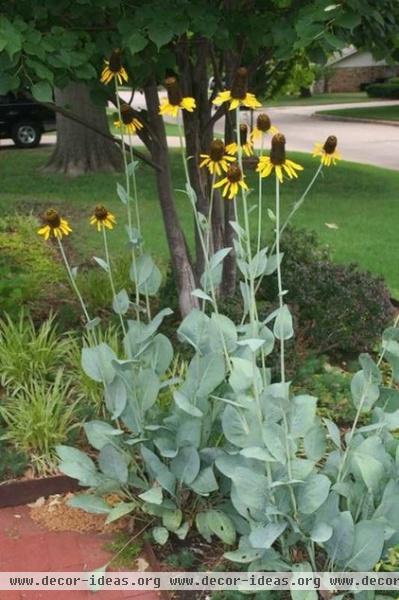
Great Coneflower (Rudbeckia maxima)
Native to a small area of eastern Texas, northwest Louisiana, southwest Arkansas and southeast Oklahoma
This is perhaps the most unusual Rudbeckia you’ll find. It has stunning big blue leaves and a strong set of stalks that reach up to 6 feet tall and can take any wind. Blooming in midsummer, R. maxima prefers soil on the wetter side but is adaptable. It also makes for some nice winter interest.
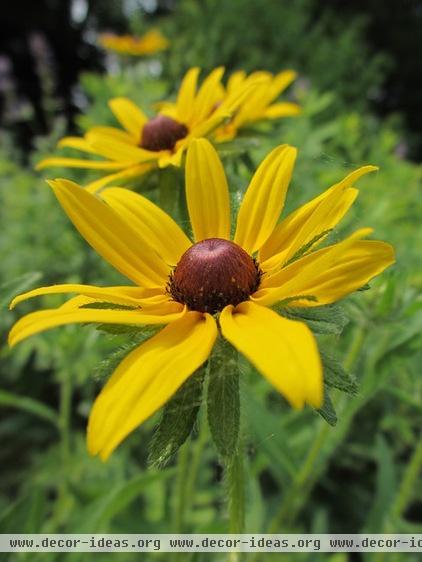
Black-Eyed Susan (Rudbeckia hirta)
Established in just about every U.S. state
It’s a true biennial and a nice self-sower for a larger area. Best grown in medium to slightly moist soils, it is also drought tolerant. Rudbeckia hirta blooms throughout summer and reaches 2 feet tall.
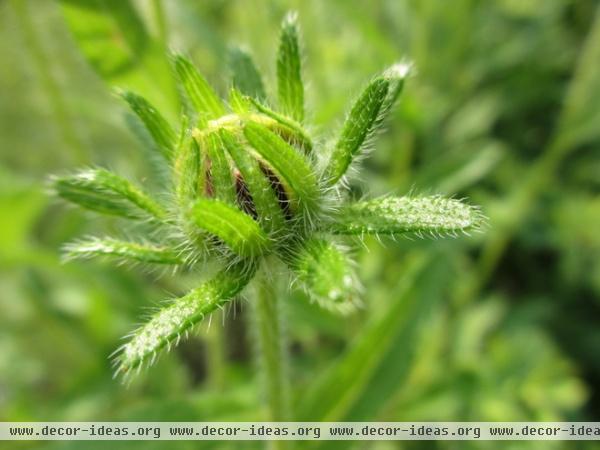
R. hirta is easy to winter sow in pots, and it almost always blooms in the first season — rare for a biennial. I just adore its soft, hairy leaves and stems.

Cutleaf Coneflower (Rudbeckia laciniata)
Native to almost every U.S. state
This Rudbeckia, also called green-head coneflower or wild goldenglow, spreads by rhizomes and grows to 3 feet to 12 feet, so plant it in a large area. It prefers moist soil and can have a tendency to flop if it’s not in a preferred spot. Blooming in late summer, it is a welcome addition during an often quiet time for blooming garden plants. R. laciniata can also take a fair amount of shade, unlike all the other plants listed here, which is a plus if you have dark corners.
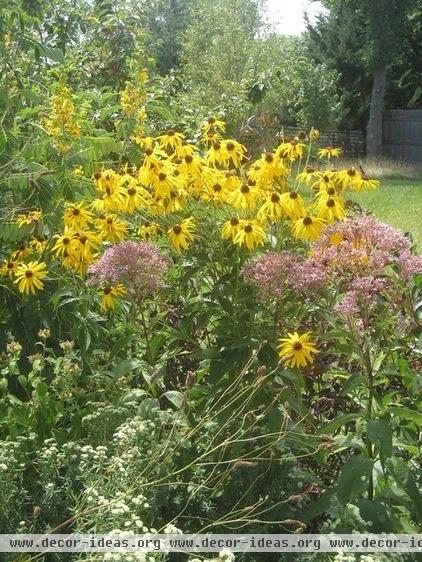
Sweet Coneflower (Rudbeckia subtomentosa)
Native to the central U.S.
This is another late-summer bloomer, and it’s much more perennial than other Rudbeckia species (I will say R. maxima is very long lived, too). The plant’s blooms have a slight anise smell. It grows to 3 to 5 feet tall, has a long bloom time and prefers medium to moist soil (it’s not drought tolerant). Its tall height and dark seed heads make it appealing even in winter.
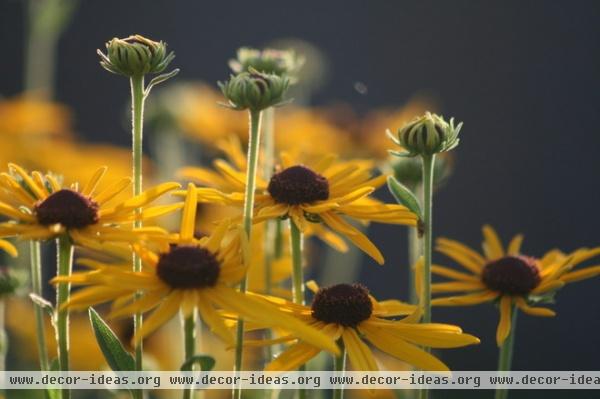
So there you go, a few different Rudbeckia than the common nursery stock, and one for almost any location from dry to wet and sunny to shady. Try one and see how you like it!
More: How to Find the Right Native Plants for Your Yard












